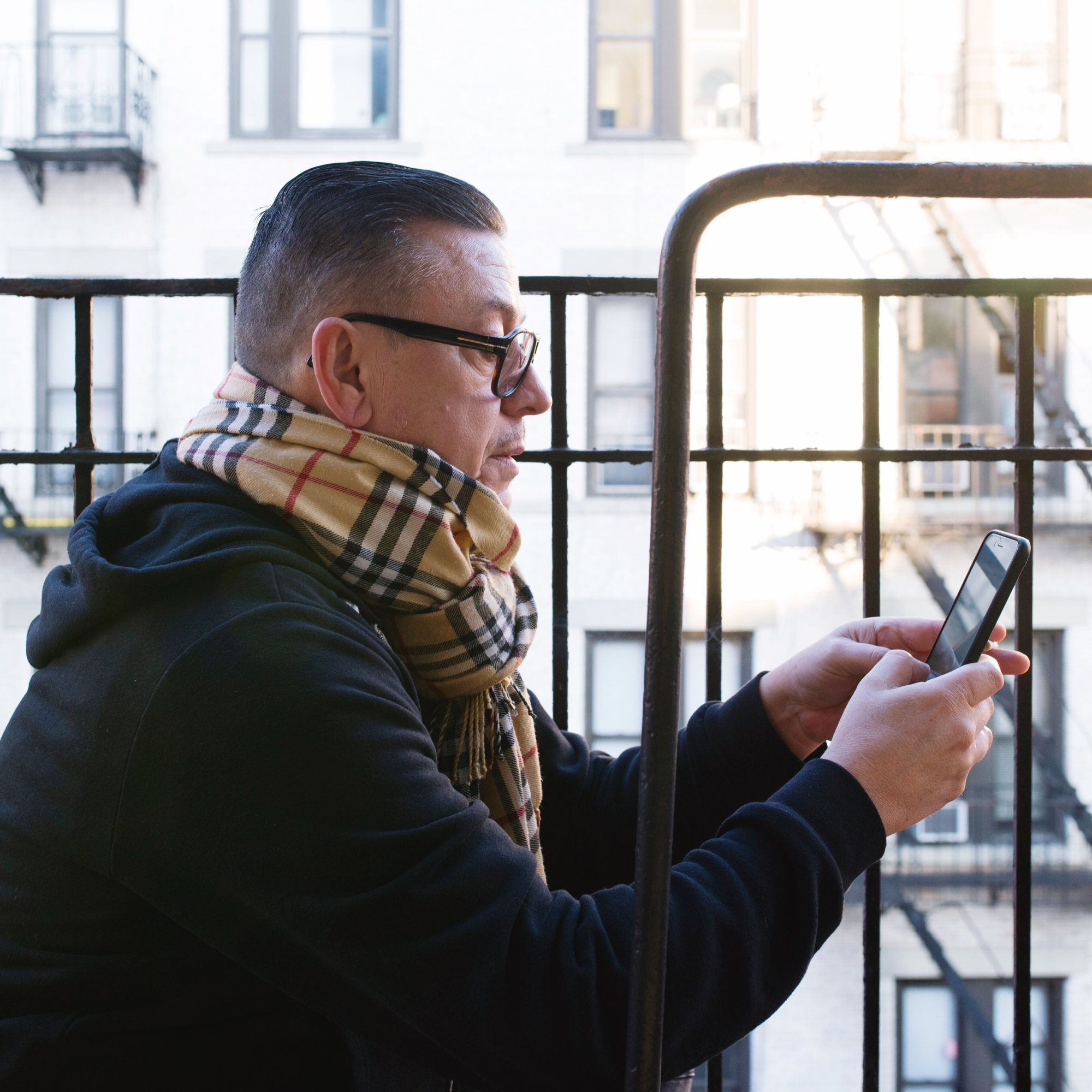I never thought I’d be confronted by an irate stranger in a bustling open-air market on that sunny Saturday afternoon. There I was, my trusty camera in hand, capturing life as it unfolded around me- or so I thought. But one provocative question shifted my perspective like a lens refocusing on an unexpected object: “What gives you the right to take my picture?”
Street photography – the art of documenting life and society in public spaces – has always been fraught with ethical divides. On one side, you have the photographer eager to encapsulate raw, unfiltered moments; on the other, the subject of these photos, who may or may not be aware of or comfortable with the snapshot being taken. It’s akin to a delicate dance, a balancing act where every turn can lead to the next big shot or a misstep into an ethical gray area.
In this age of ubiquitous smartphones and constant social sharing, public privacy has become an oxymoron of sorts. Did you know that more than 3.5 billion people own a smartphone today, and a whopping 95 million photos and videos are shared on Instagram daily? That’s a lot of impromptu street photography!
But when does a candid snapshot slip into the realm of invasion of privacy or exploitation? Therein lies the rub, my friends! Let’s explore the controversial topic of street photography ethics and dissect how this genre walks the fine line between art and impropriety.
Consent: The Thorny Issue in Street Photography
“Always ask for permission”, said one of my mentors in the field of photography. Should this be the gold standard in street photography ethics? That’s debatable. On one hand, getting consent ensures respect for the subject’s personal rights. But on the other hand, it may lead to posed, inorganic moments that detract from the raw authenticity street photography is known for.
Would the eloquent elderly man, engrossed in his morning newspaper at the bustling café, exude the same charm if he was aware of the lens trained on him? Most likely not.
In some parts of the world, though, legislation has stepped in to offer some guidance. Privacy laws in certain European countries like France and Austria specify that publishing identifiable pictures of people without their consent is a violation of privacy, irrespective of where the photo was taken.
But as noble as it sounds to present street photography as a consensual dance, it complicates the genre further. How does one navigate this labyrinth of legislation, ethos, and artistic pursuit?
Finding Balance: The Art, Ethics, and Legality of Street Photography
“When words become unclear, I shall focus with photographs. When images become inadequate, I shall be content with silence.” – Ansel Adams.
In this ever-evolving dance of street photography ethics, silence or rather discretion seems to be key. Discretion when photographing strangers, discretion when deciding what moments to immortalize, and discretion in respecting the privacy and dignity of the people within our frames.
Every street photographer must engage with their own moral compass, and reflect on the power, responsibility, and potential ramifications that come with pressing the shutter. They must consider how their actions could impact those they photograph – this is why many street photographers opt to employ coding techniques, obfuscating the identities of their subjects to respect their privacy.
In a world where anyone with a phone can be an amateur street photographer, it’s more important than ever to have open discussions about the ethical implications of rapid click-and-share culture. It’s not just about creating arresting images, but also knowing when not to take the shot.
“To capture or not to capture, that is the question.” This, fellow photographers, is the crux of street photography ethics.


0 Comment